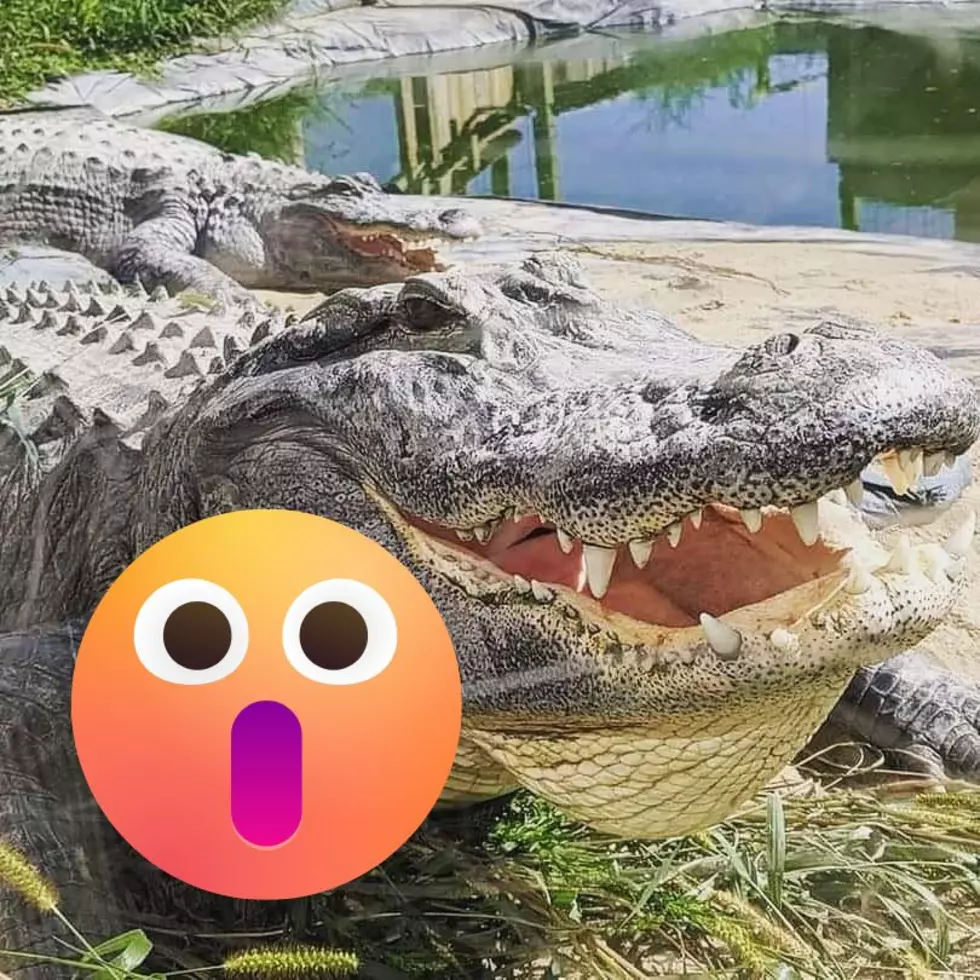
Live Webcam Set up to Watch the Koala Bears at John Ball Zoo
John Ball Zoo has a couple of special visitors for the summer -- two Koalas from the San Diego Zoo!
The two male koalas, named Iluka (pronounced eye-luka) and Noorundi, will be at the John Ball Zoo this summer as part of the San Diego Zoo’s Education and Conservation Project.
With the visiting koalas, John Ball Zoo is the only place in the state of Michigan where you can see a koala. The two koalas will be at John Ball Zoo through Labor Day. There are just 10 zoos in North American where you can go to see a koala up close.
Koala Cam
If you can't get a chance to go see the koalas in person -- or if you just want to watch them -- WXMI Fox 17 has set up a "Koala Cam" that is available 24 hours a day. I've found the koalas to be most active at night. They like to sleep their day away.
Here is the cam...
More About Koalas
Koalas are native to Australia and spend most of their time in trees. They aren't very active, sleeping up to 20 hours a day. They snooze to conserve energy needed to digest the highly toxic eucalyptus leaves that they eat.
Koalas have also been recently recognized as Endangered by the Australian Government listing for Queensland, New South Wales and Australian Capital Territory. The koala population is threatened by habitat loss, sprawling urban areas, and life-threatening diseases. Remaining koala numbers are at an all-time low.
You will be able to see the two visiting koalas in a brand new habitat located near the Asian Aviary. It is just across from the Frogs and Friends building. Due to competition between male koalas, Iluka (age 2) and Noorundi (age 4), will be kept in separate living quarters.
For more information on visiting John Ball Zoo, check out their website, or their Facebook Page.
LOOK: Stunning animal photos from around the world
LOOK: 30 fascinating facts about sleep in the animal kingdom
More From 100.5 FM The River









